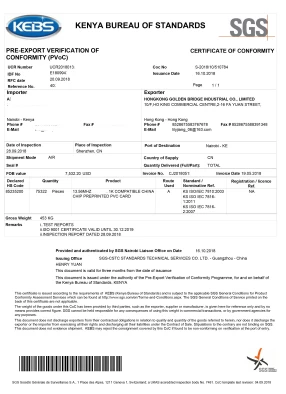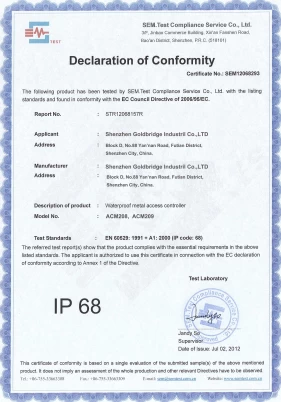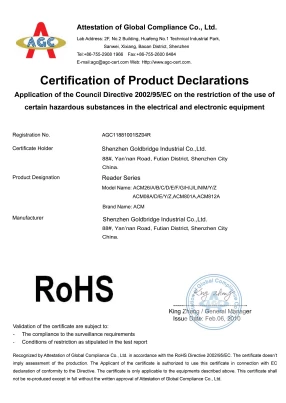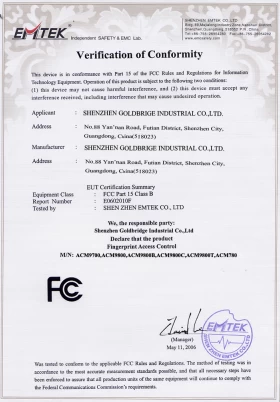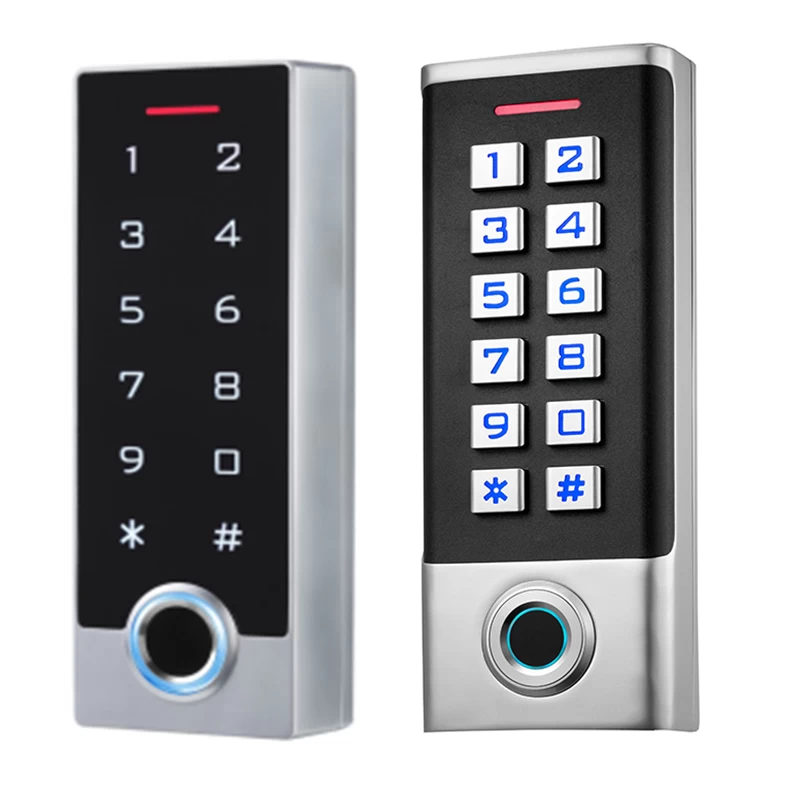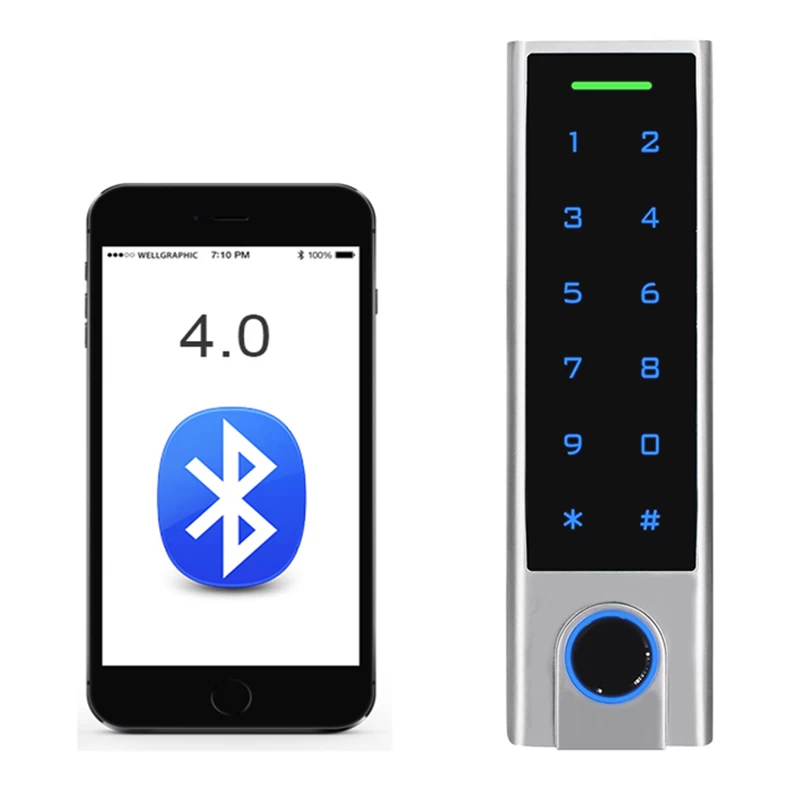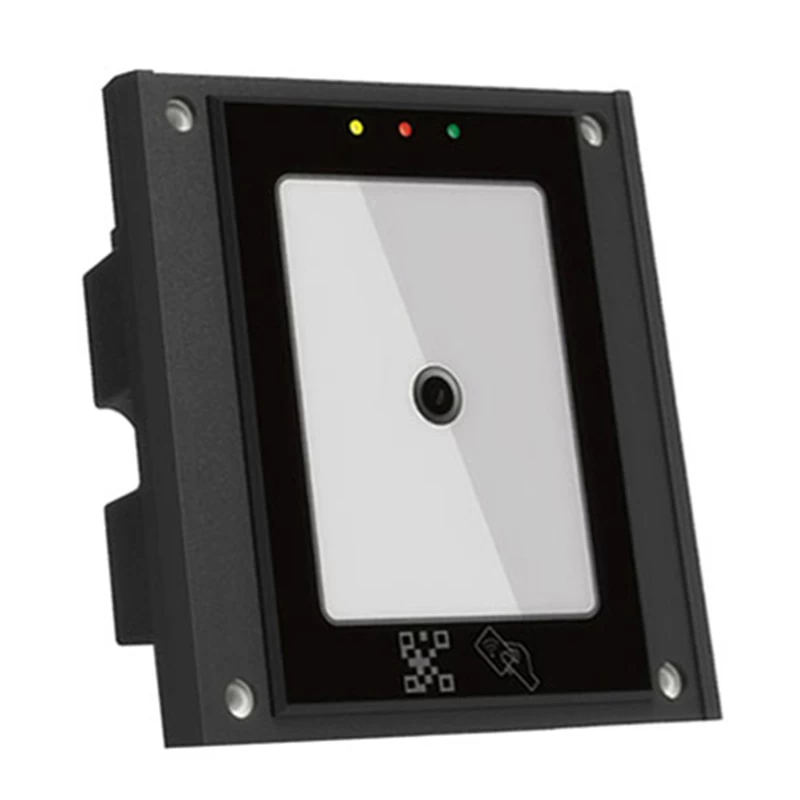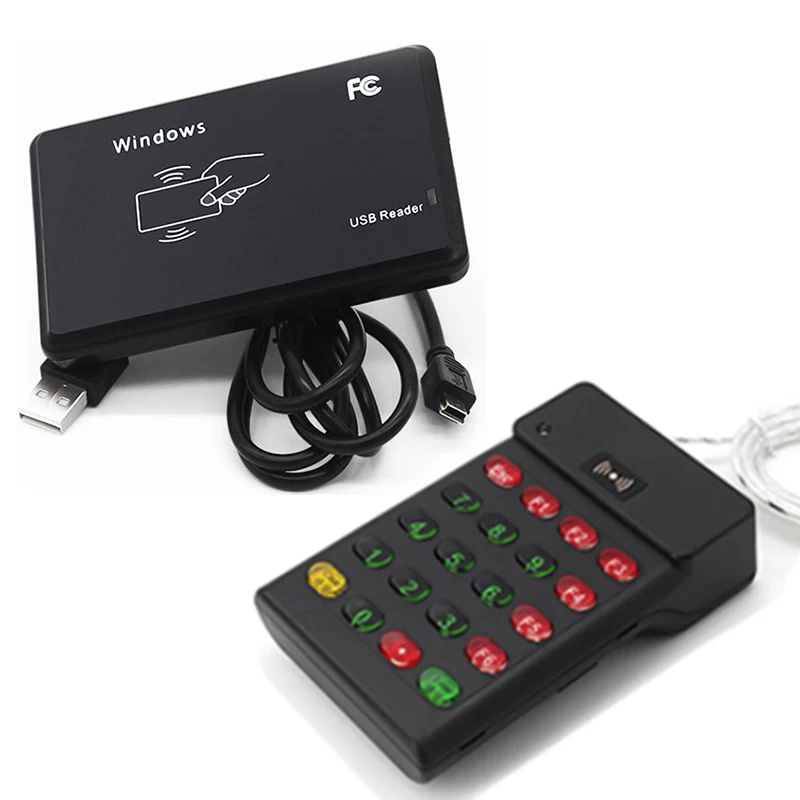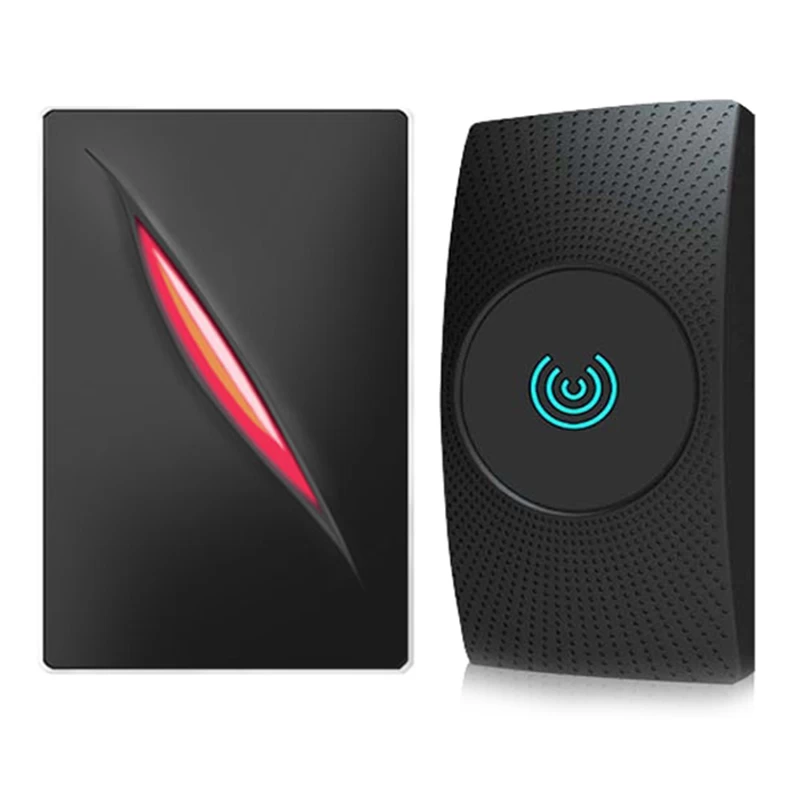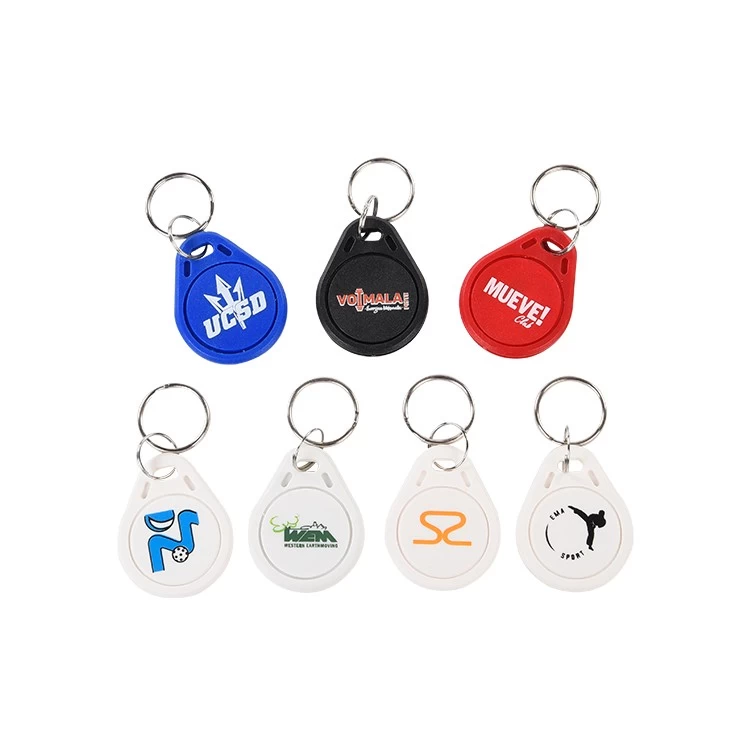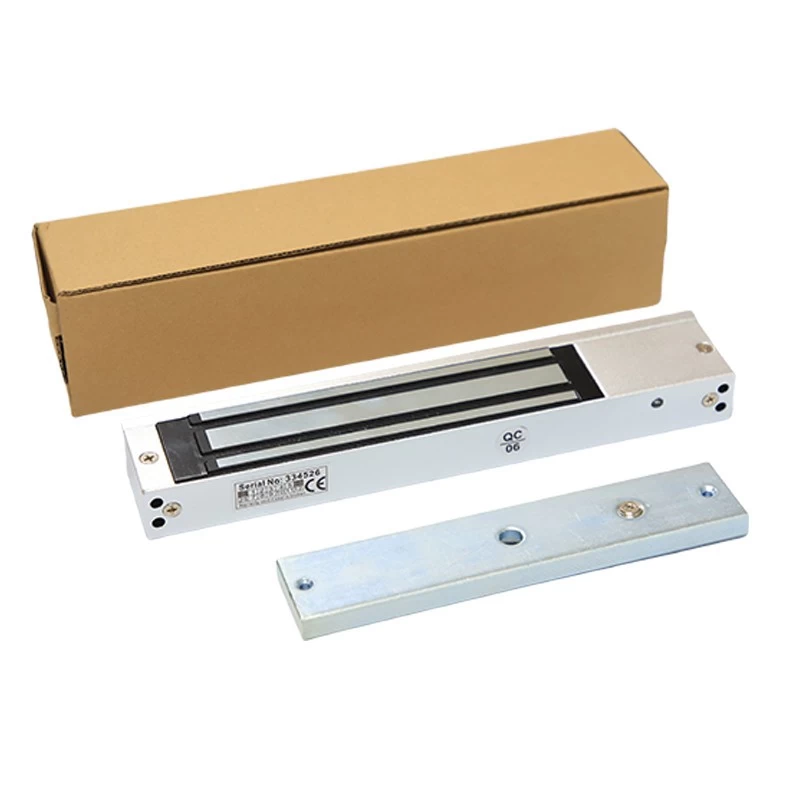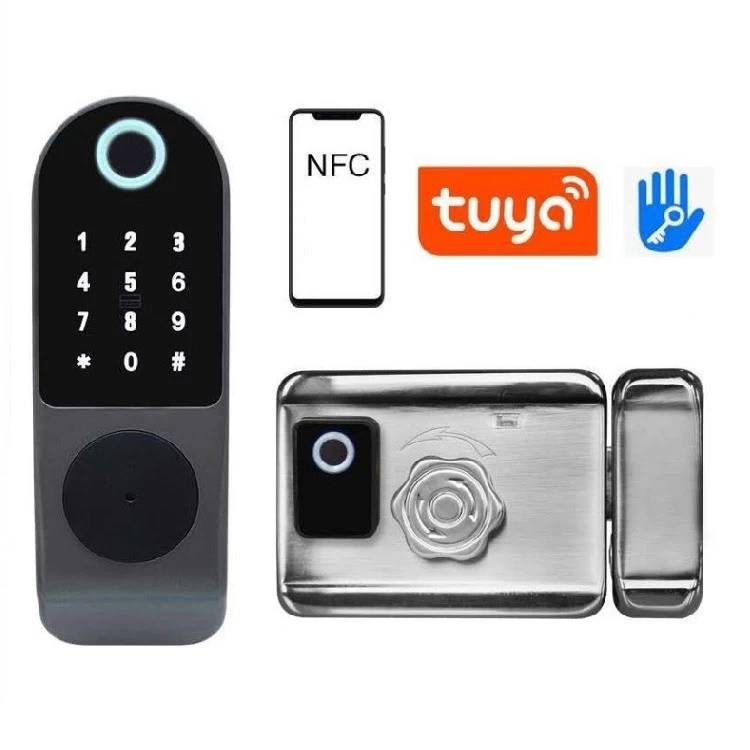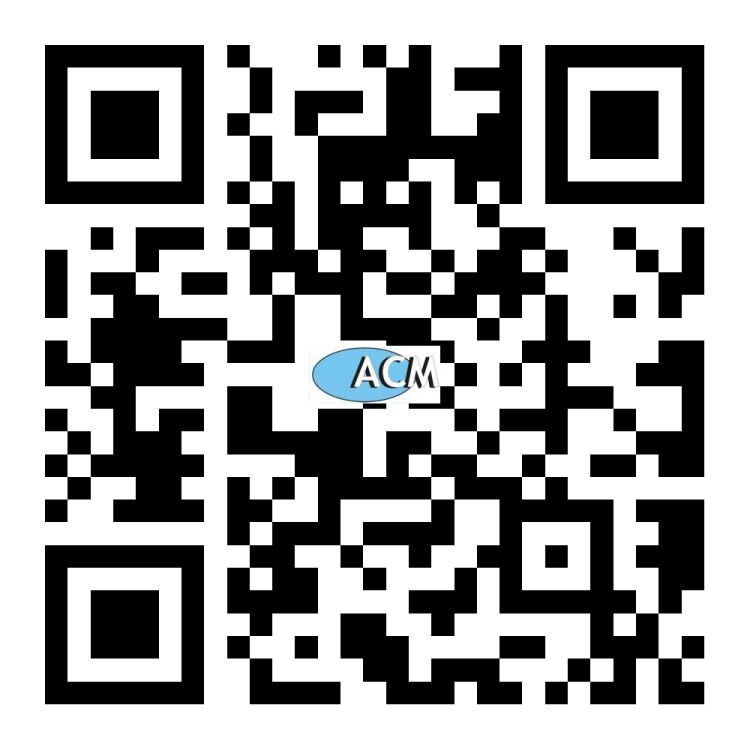RFID brings visibility to fast food restaurants and supermarkets
The company said that in the long run, this SaaS-based solution will bring visibility to the entire life cycle of food, from raw materials to processing, production, distribution and sales in supermarkets or fast food restaurants.
Mojix has already provided the ytem system for the fashion and apparel retail market, but now the company has decided to expand its use, for example in areas such as the food life cycle and supply chain. Estelle Huynh, chief operating officer of Mojix, said the goal is to reduce waste, improve food safety, and provide certification, efficiency, inventory accuracy, and inventory optimization. Several unnamed fast food restaurants have already started trials of ytem SaaS technology earlier this year, and are currently planning to permanently launch them in their restaurants.
Two years ago, Mojix launched the ytem system to provide item-level digitization for luxury goods, retail and manufacturing. By reading UHF RFID tags to uniquely identify and track each item, the system can automatically obtain end-to-end supply chain data; it can also enable stakeholders to access and share these data to obtain supply chain status updates; users can also use The software creates rules, predicts actions and analyzes running trajectories.

Mojix provides solutions on a subscription basis, capturing and managing cloud data through software. The company's technology partners will provide hardware including passive UHF RFID tags and handheld and fixed readers for use in distribution centers and stores. The user can access and view the data on the dashboard, or use the APP on the smartphone to collect information.
After several years of deploying RFID systems in inventory and supply chain management, Mojix chose to continue to expand its application areas.
Huon said: "The retail and luxury goods market is now mature and has proven that RFID has real value. Most of our projects are in the retail and luxury goods sector, as well as manufacturing industrial products and distribution centers. However, other verticals The demand for food products is also growing. For example, the food market is also facing similar challenges in supply chain visibility, inventory tracking and expiration dates. The nature of the challenges is the same. The food industry also hopes to achieve inventory automation and visibility like retail stores. Sex, but there are other problems."
In fast food restaurants, users usually start tracking fresh food when they are received at the distribution center. Taking a box of avocados as an example, you can enter the description of the product, the origin of the product, the date of harvest, and the expiry date into the ytem software. This data will be linked to the unique ID number encoded on the UHF RFID tag. Temperature information can also be added to the detailed information of the product, or the temperature sensor can be linked to the label, so that relevant data can be automatically obtained every time the label is read.
Huon explained: "There is a correlation between temperature and product expiration." This led to a change in shelf life. Before the goods are delivered to restaurants or stores, the company can use handheld, fixed, overhead, channel readers or antennas to read tags at key transportation nodes and receiving points to obtain data on each box of goods. In addition, the software can not only provide data about distribution centers and store sites, but also provide data about product expiration dates and which products are the best-selling products, so that users can accurately find and preferentially sell such products, or conduct price reduction promotions. .
1
With this system, retailers, brands, and logistics providers can automate the process of data acquisition throughout the product’s life cycle, and use the data to set rules, predict expiration times, reschedule products and ensure that they are always Customers provide fresh products. For example, suppose a box of avocados in a restaurant is about to expire, the system will send an alert to the management, and then the management finds the product and transfers it to a place where it can be sold faster to optimize sales.
However, item-level tracking in the food industry still faces some obstacles. The main obstacle is labeling. Rarely do farms or food production sites carry out source labeling of products. However, the expectations of customers are constantly changing. They want to know the ingredients and types of food they eat, the source of fresh products, and the environment in which they grow.
Huon pointed out that in addition to the increasing demand from end customers, other regulations related to food tracking are also changing. For example, the U.S. Food and Drug Administration (FDA) is seeking public comment on its draft food traceability rules. The FDA proposes additional traceability record keeping for the manufacture, processing, packaging or preservation of food. At the same time, the European Commission recently issued the "Farm to Fork Strategy" (Farm to Fork Strategy), which aims to put the food system on a more sustainable path to ensure food safety and have a positive impact on the environment.
COVID-19 has made consumers aware of the value of the source of the food they eat in fast food restaurants and supermarkets. The food that businesses supply to consumers comes from multiple sources, which requires more supply chain information and visibility. A survey conducted by Deloitte in 2020 showed that consumers will be willing to spend more on food if the facilities are well maintained and the shelf life is properly tracked; the survey also found that companies that promote the visibility of the product supply chain Attracted more consumers.
Mojix predicts that the key value of the system in the food market will lie in waste management, as it will reduce the amount of food that expires before it is sold. By ensuring that the food consumed by consumers is fresh and safe, the data collected is also conducive to the safety of customers. With the system's ability to automatically capture relevant product data and locate products when needed, the store's operational efficiency has increased by 75% to 90%, and labor has been reduced.
Huon said: "Now, we focus on customer safety and shelf life management; the next challenge will be to optimize the supply chain." The long-term goal is to promote technology from the point of delivery or manufacturing to the end customer. Companies that have tried this solution include large global customers with complex supply chains. Once they decide to implement the system, it will cover the location and status of their thousands of restaurants and merchandise in supermarkets.
For more information please contact with sales@goldbridgesz.com


